The ink was barely dry on the agreement that was bringing Lextek products from their home in the UK to the U.S. market via Tucker by the time my Z900RS was on the lift here at J&P HQ being fitted for a new set of their pipes. We had in our hands a set of stainless steel headers, and a few midpipes and univeral silencers (we know them as mufflers here in the land of eagles and freedom, but our distinguished tea-drinking pals across the pond call them silencers) to round out the full exhaust kit.
I battled two concerns as we moved into the installation. First, how could a full exhaust system that comes in at around $500 not be junk? Competitor's products will set you back 2-3 times as much. An Akropovic muffler that fits my RS is $740 on its own, and the headers are another $640. It seemed too good to be true. Second, I was unsure if they were even going to fit in order to be able to test them at all. The headers we received, based on Tucker's fitment, were technically for the "regular" Z900, not the RS. The RS-specific headers on Lextek's site bore a different part number, and looked a bit different too. Since the differences between the RS and its hyper-naked brother are largely cosmetic, not mechanical, we had a hunch they would fit, so J&P's do-it-all man Bryan Rastok went ahead and mocked up the pipes before diving in to the full installation. It looked like they were going to fit as expected, so he proceeded with removing the stock exhaust and installing these shiny new Lextek pipes.


He buttoned up the install quickly. Despite the fitment mismatch, it only really required reusing the stock exhaust gaskets to make them work. Now for the moment of truth. Time to fire her up and test out some mufflers - ahem - (cue the monocle) silencers. We started with a carbon fiber shorty. It was a screamer. We're using the term "silencer" very loosely here. It was on the ragged edge of being open headers. Any illusions of docility from the RS were immediately shattered. I expected it to spit fire out the tailpipe. It was awesome, but a bit much in terms of sound output - the timbre was that of a nest of angry African bees being piped through a bullhorn. Plus the short length didn't jive with the lines and proportions of the bike, and I'm not a fan of carbon fiber on a retro-styled machine. I swapped it for the round black chrome muffler, which was better fit for the style and proportions of the RS.
The sound from this muffler is spot-on. With the baffle in, it still sings like the bike I know; the cadence of the engine firing and the exhaust pulses emanating from it are largely unaltered. The note at idle is a bit lower pitched and throatier with more volume, but familiar, all the same. Open the throttle and it releases a spirited growl punctuated with a few pops upon roll off.

If you like things loud, remove a single 5mm Allen screw, slide out the baffle and brace for impact. With the baffle removed, volume increases significantly, and the note at idle deepens further. Twist the wick and you’re treated to a howling symphonic cacophony of brutality that leaves an exploding bucket of firecrackers in its wake when you snap the throttle closed. As revs fall off, it crackles and pops in a manner that would not be out of place on a GP track. It’s a rowdy, visceral and addictively thrilling sound.
I waffle on the baffle, and whether or not to leave it in. I can honestly go either way. Riding with the baffle in is the way to go in order to retain some understated subtlety. It’s also better for the highway, as the exhaust note sans baffle can drone a bit at sustained mid-range engine speeds. Baffle out is undeniably more fun, as the exhaust snarls and pops with every movement of the wrist.

The improvement to flow in the engine was immediately noticeable with snappier throttle response. The much maligned (but overblown, if you ask me) “twitchy” throttle character of the Z900 RS was smoothed out. The stock exhaust is very restrictive, and seems to be a significant contributing factor of a perennial complaint about the RS. Going by the seat of my pants when it comes to overall performance, it definitely feels faster, with a meatier mid-range, which is especially noticeable by way of better roll-on acceleration in 6th gear. It would previously bog a little if I wanted to make a passing move in 6th without downshifting. Though lacking a dyno, I am fortunate that Kawasaki calibrated the engine so that both the speedo and tach needles stand in the 12 o’clock position in 5th gear, indicating 75 mph and 6,000 rpm, which gives me some tools to measure performance. With the Lextek system, I can reach 75 mph at around 5,800 rpm, and pushing the engine to 6k winds the speedo up just shy of 80 mph. The engine is absolutely doing less work to reach a given speed.
Another bonus is the reduction of weight. The stock exhaust, which is fitted with a large catalytic converter, is heavy. The Lextek system feels a good 15-20 pounds lighter, give or take, bringing the weight of the RS down into the 450-460 range. Power-to-weight ratio is improved, and the reduced weight has made the handling of an already nimble machine a touch more sharp and responsive. It looks better without the catalytic converter lurking down there, too. Kawasaki’s efforts to hide it by wrapping it in polished stainless steel is likely the best in the industry. That doesn’t mean it’s not somewhat of an eyesore nonetheless. It absolutely is. It’s just a very shiny one. I’m happy to say adios to the cat.


So, now that I’m pushing 1,300 miles on these Lextek pipes, I can heartily say that the strong first impression hasn’t waned one bit. They look and sound great. With a price tag on the verge of “too good to be true,” one would expect disintegrating welds and a dulled finish within short order, but that doesn’t appear to be the case. The clean welds are a testament to Lextek’s quality and durable construction. The stainless steel walls of the headers have taken on a nice golden color, and the polished finish remains bright and smooth. At first, I wasn’t 100% sold on the muffler, and was planning on modifying the mid-pipe in order to reattach Kawasaki’s beautiful stock unit, but the look and sound of the black chrome muffler has grown on me to the point where I have unequivocally decided to not dive into such an undertaking. It has a mean '80s-'90s muscle bike vibe to it, and I am so down with that.

I legitimately have no complaints or criticisms here. Lextek delivered a killer product that exceeded my expectations. To top it off, they back their exhaust with a lifetime warranty, which is confidence inspiring. I'm a fan. If you’re on a budget, getting a full system for less than the cost of just one component of a competitor’s kit is an unbeatable deal. Go for it. You won't be disappointed.





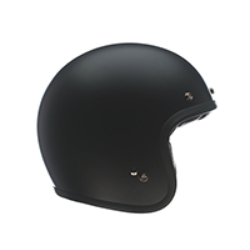

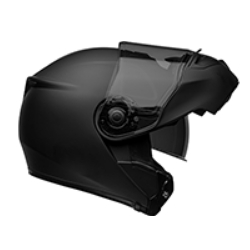

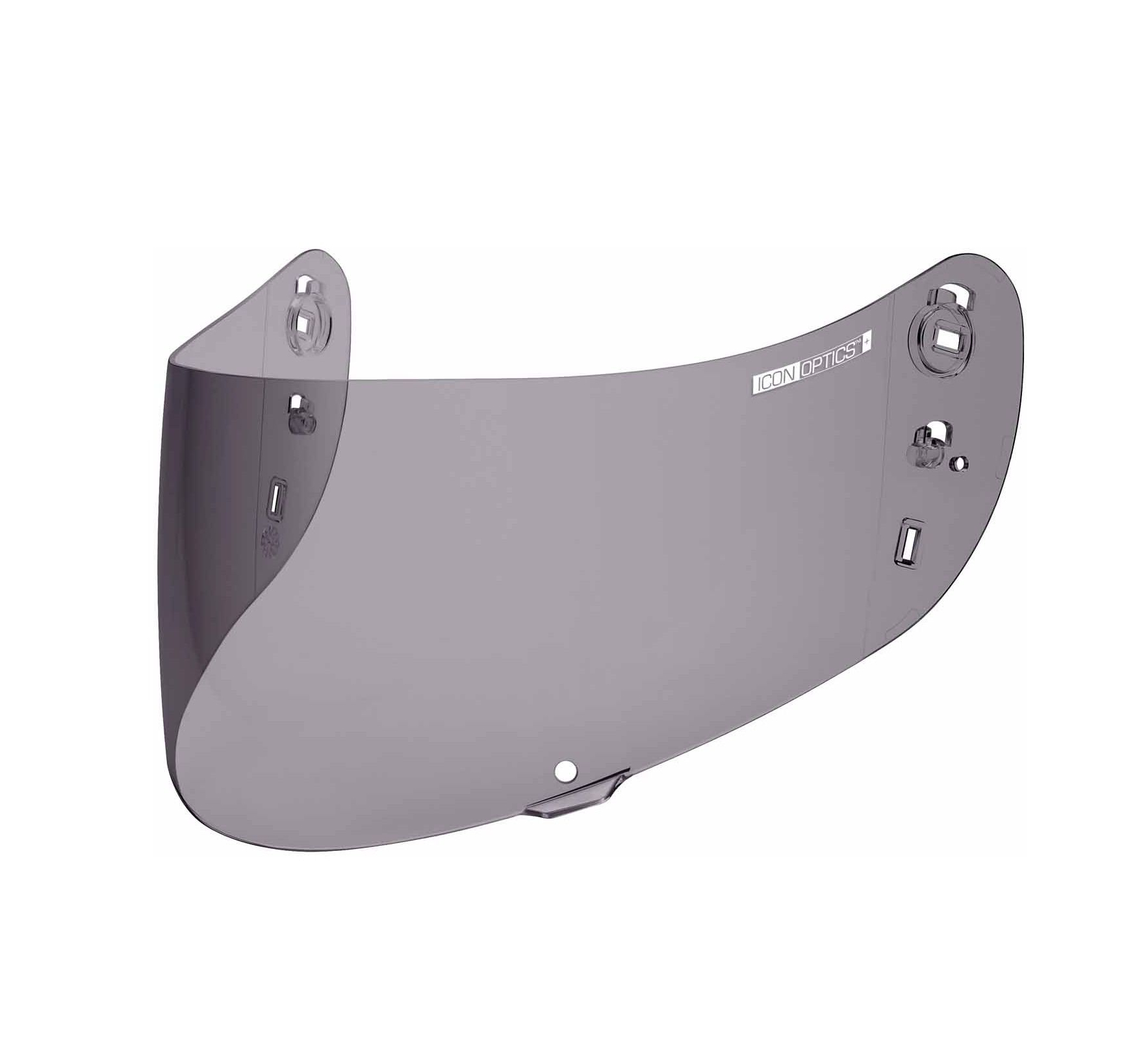
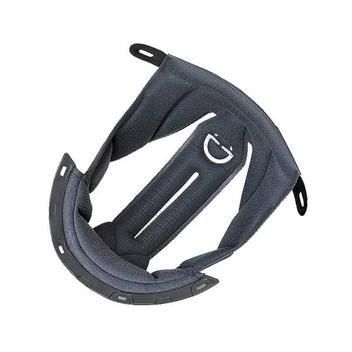
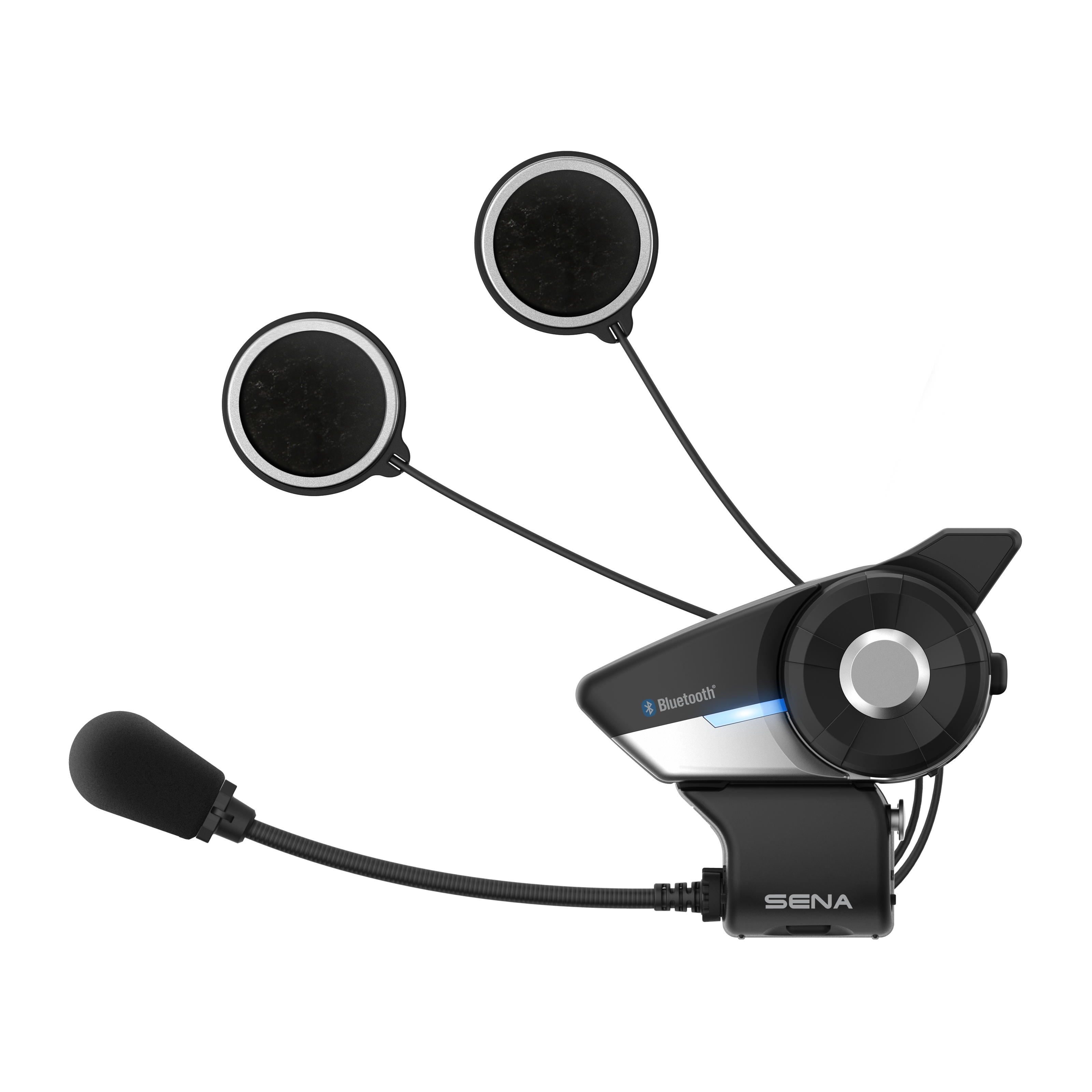


 Membership
Membership








